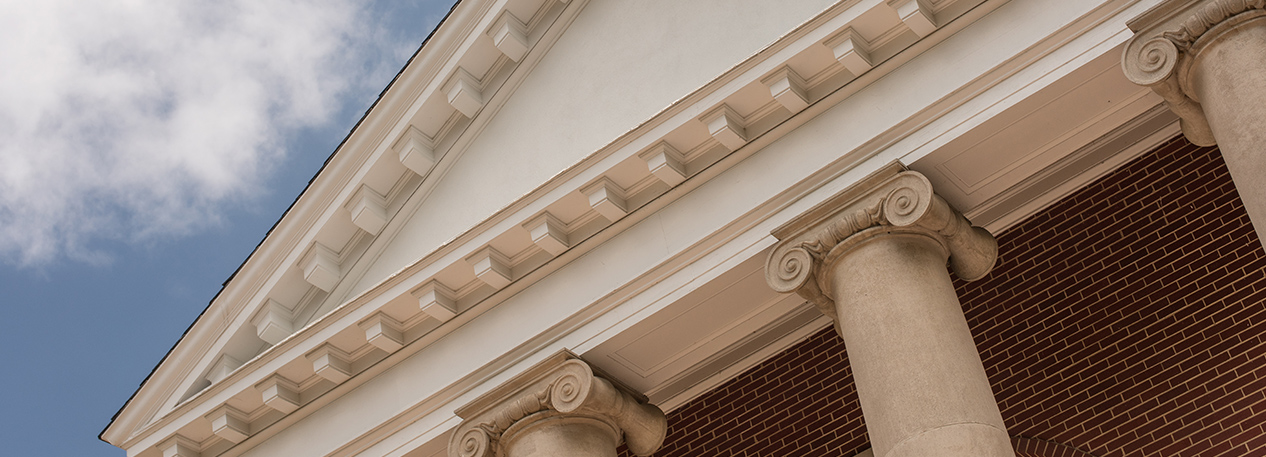What would happen if anyone could open a bank at will? What if you or I could hang a sign in a storefront or create a website and start attracting borrowers and depositors with competitive interest rates? What if any sort of firm, big or small, could venture into the banking business in the U.S. with no official charter required? For a time in U.S. history, entry into banking in some states was thrown wide open. The so-called free-banking era from 1837 to 1864 was also a time of numerous bank failures in those states. But exactly what lesson does this colorful yet costly period hold for us today? At a time when too-big-to-fail banks remain a concern and technology seems to point toward a freewheeling future of “cloud” lending and private electronic currency, insight into how to foster stability in the financial system is especially relevant. But as I will show, the main lesson of the free-banking era may not be the one you would think.
This article appeared in the Third Quarter 2016 edition of Economic Insights. Download and read the full issue.
View the Full Article
